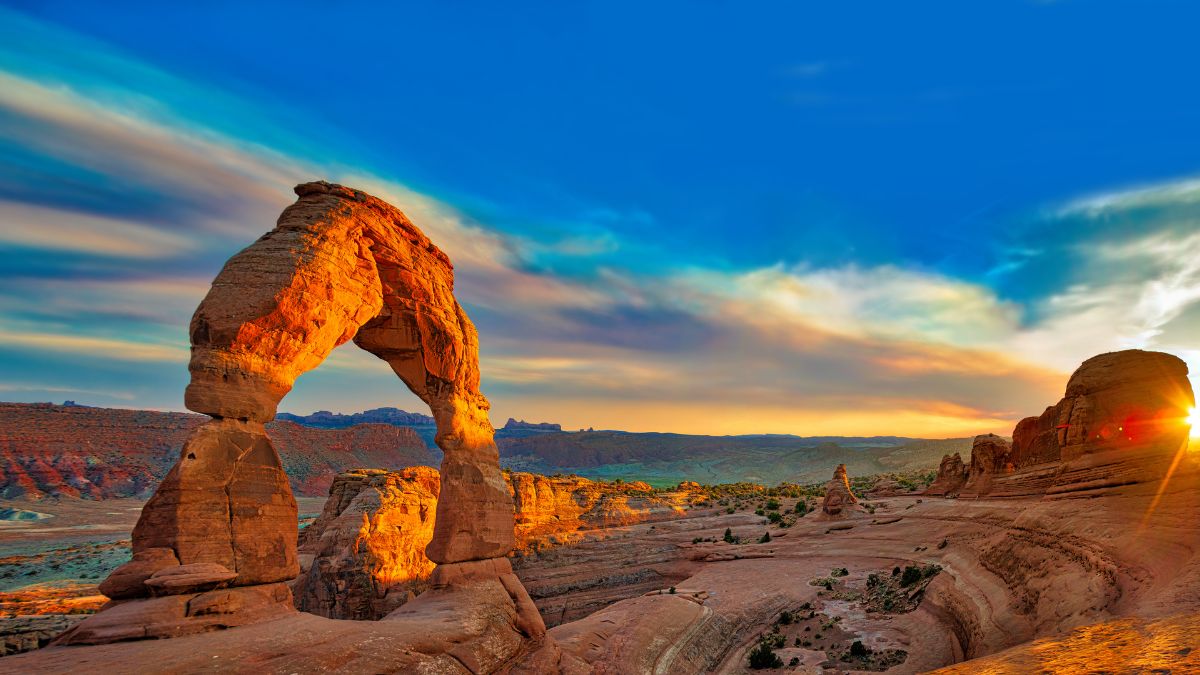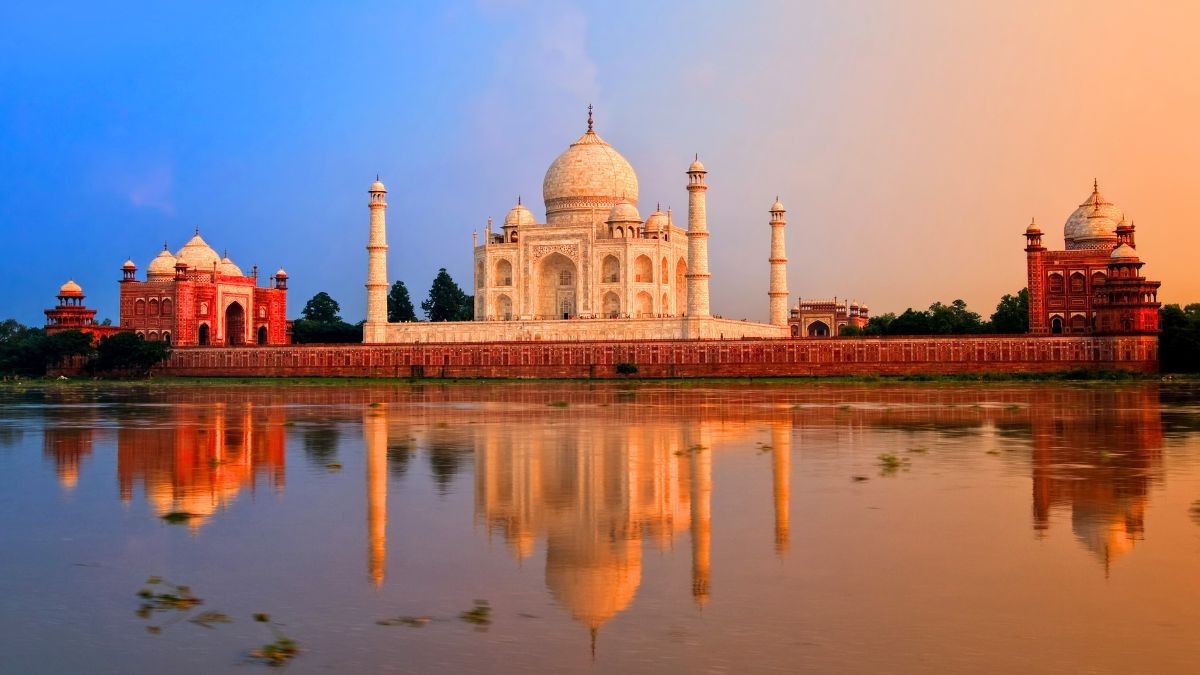Mother Nature has never let us down when it comes to her wonders and creations. From mountains to lakes, waterfalls to rainbows and many more such wonders, we have a lot of beauty to marvel at. Adding to this list of wonders is natural arches.
7 Natural Arches Of The World You Need To See

Natural arches form when a strong caprock layer sits on a softer stone, like limestone. Over time, wind or water erodes the lower layers, creating alcoves and cracks, eventually shaping an opening beneath the sturdy caprock. This gradual process, which can take millions of years, give rise to striking geological formations known as natural arches. Here are 7 such natural arches for you to marvel at:
1. Fairy Bridge or Xianren Bridge, China

Credited as the world’s longest arch, this beauty wasn’t even discovered until 2009. Thanks to Jay Wilbur, founder of the Natural Arch and Bridge Society, today we know of this 400-ft beauty. Wilbur found this gem while he was exploring Google Earth in 2009.
Where: 40 km from Fengshan in Guangxi Province in China
2. Landscape Arch, Utah, US

Landscape Arch, North America’s longest arch, boasts an impressive span of 306 ft and the narrowest diameter of only 6 ft. In the 1990s, significant portions of the arch collapsed, showcasing the park’s ever-changing landscape. While other arches have fallen, Landscape Arch survives by a fragile thread.
Where: Utah, United States
3. Aloba Arch
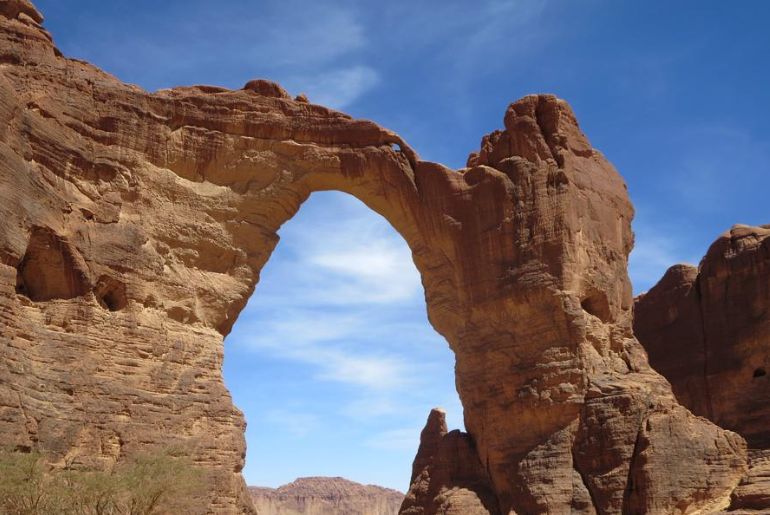
Aloba Arch has a span of approximately 250 feet and a height of nearly 403 feet. It is located in the Sahara Desert, a location in which you wouldn’t typically expect to see such a formation. You can find this beauty in the Ennedi Range of the Sahara Desert. UNESCO recognized the Ennedi Plateau, also referred to as the Ennedi Massif, as a World Heritage site in 2016.
Where: Ennedi Ranges, Sahara Desert
Also Read: 5 Natural Phenomena To Witness Once In A Lifetime
4. Rainbow Bridge, USA
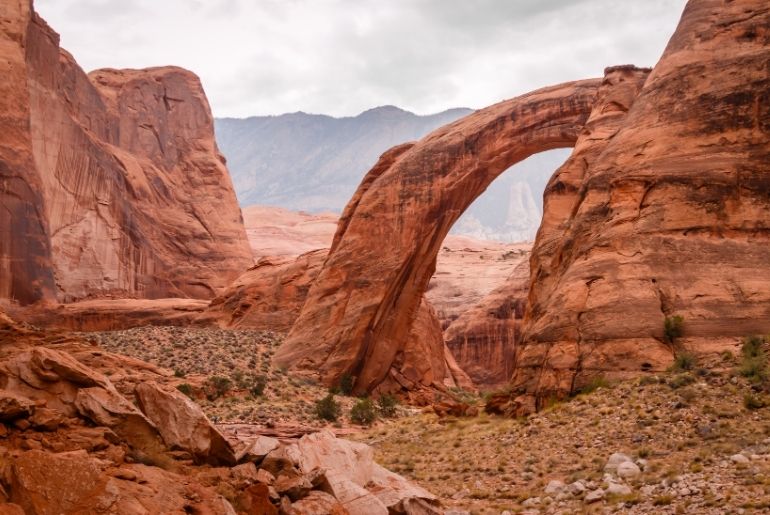
Nestled within the rugged and secluded canyons near Navajo Mountains, Rainbow Bridge has held a sacred significance for Native Americans for centuries. In 1974, the Bureau of Reclamation reported the arch as 234ft. And at the top, it is said to be 42ft thick and 33ft wide.
Where: Glen Canyon National Recreation Area, Southern Utah
5. Jiangzhou Immortal Bridge, China
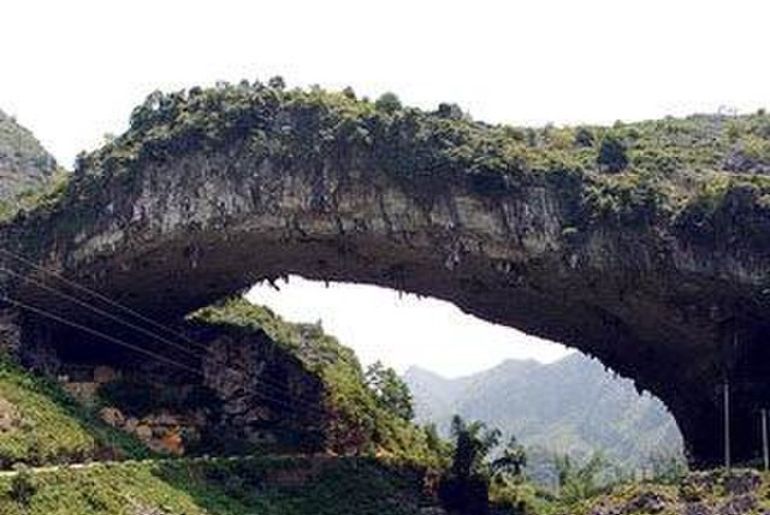
Another beauty nestled in China, this naturally formed arch is believed to hold cultural significance for the native people. Found in the Jiangzhou District of Chongqing, this captivating bridge-like structure extends over the picturesque Qijiang River. Its name, Jiangzhou Immortal Bridge, originates from local legends attributing its creation to the supernatural abilities of immortals.
Where: Chongqing, China
6. Kolob Arch, USA

Kolob Arch is a remarkable natural arch that holds the distinction of being the sixth-longest in the world, according to the Natural Arch and Bridge Society. The NABS noted its span to be approximately 287.4 ft, placing it slightly shorter than the renowned Landscape Arch found in Arches National Park.
Where: Zion National Park in Utah, United States
Also Read: 6 Geological Wonders That You Must Visit In India
7. Shipton’s Arch, China
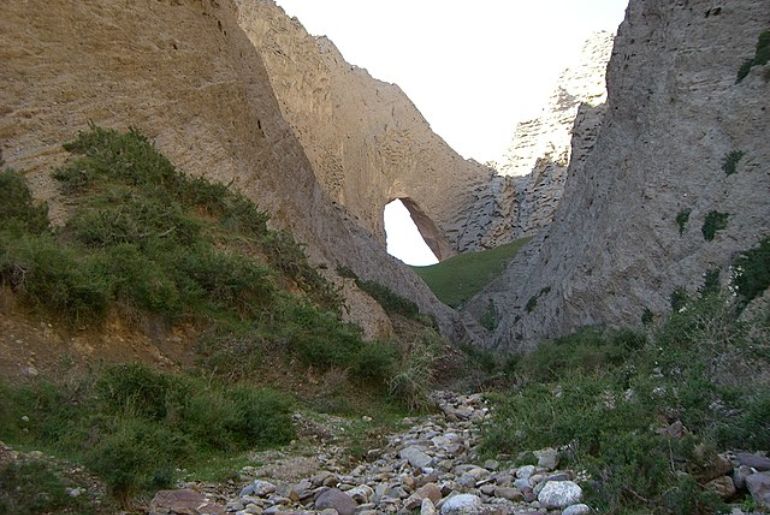
Shipton’s Arch, one of the world’s largest natural arches, is located in the remote and rugged Pamir Mountains. It was named after British mountaineer Eric Shipton, who documented it during a 1947 expedition. With a height of around 70 meters and a width of approximately 50 ft, the arch showcases the remarkable power of nature and is truly a breathtaking spectacle.
Where: Xinjiang, China
So, when are you planning to witness these natural monuments? Let us know in the comments.
Cover Image Courtesy: Canva
First Published: June 29, 2023 7:00 PM
